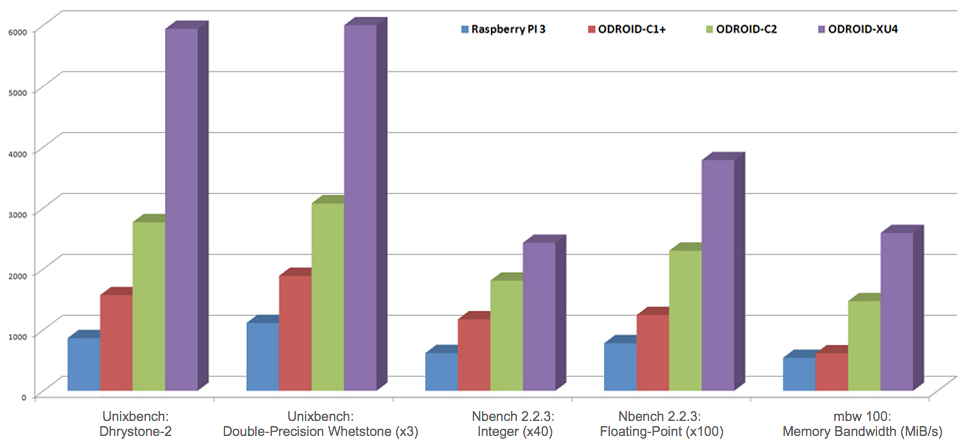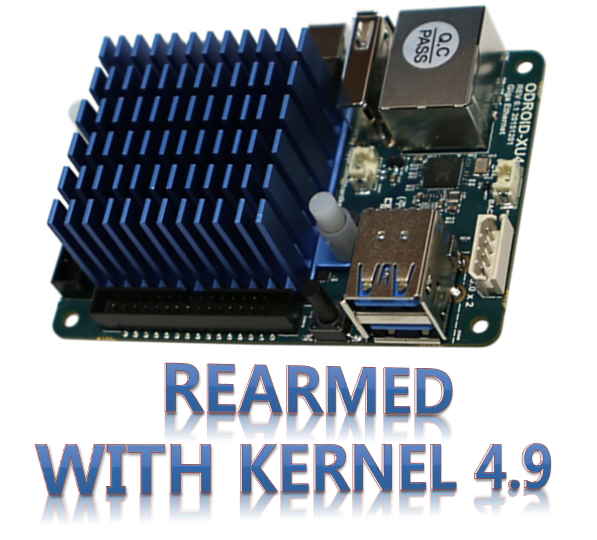Linus Torvalds has announced the release of Linux 4.14, the latest stable release of the Linux kernel. Linux 4.14 features a number of new features and changes, and is set to become the next long term support (LTS) release backed for the next several years. We proudly announce the ODROID series on the same boat, ODROID-XU4 / ODROID-XU4Q / ODROID-HC1 / ODROID-MC1 / ODROID-XU3.

New Ubuntu OS image for the ODROID series has the following features:
– Linux Kernel LTS 4.14.0
– U-Boot 2017.05
– FFMPEG fully supports hardware acceleration, both encoded and decoded
– Kodi 17.6 (1080p video playback issue fixed)
– GPU/WebGL acceleration is enabled in Chromium browser
– CPU performance-counter feature works with big and little cores
– Removed broken Firefox
– Fixed mouse cursor blink issue
With each Linux kernel development cycle, it is getting easier to get updates to the latest mainline kernel due to the efforts of Samsung and the community. Some device drivers are added in the kernel which is not included in the mainline version.
Long Term Support (LTS) kernel support will get support until Jan, 2020. This is great news for the owners of small, extensible, powerful and inexpensive boards such as the ODROIDs.
Download it from this link.
https://wiki.odroid.com/odroid-xu4/os_images/linux/ubuntu_4.14/20171212
You can upgrade from 4.9 to 4.14 with following commands. You need to backup your important data first.
sudo apt update sudo apt upgrade sudo apt dist-upgrade sudo apt install xserver-xorg-video-armsoc ffmpeg sudo apt install linux-image-xu3 sync sudo reboot
When you install “linux-image-xu3” package, you will meet a dialogue box and you have to choose “No” to proceed Kernel update.
After update, you can check Kernel version.
odroid@odroid:~$ uname -a Linux odroid 4.14.0-83 #1 SMP PREEMPT Thu Nov 23 14:07:46 UTC 2017 armv7l armv7l armv7l GNU/Linux
Please note that we will no longer support Kernel 4.9 due to our limited resources. We will keep updating Kernel 4.14 LTS only.
If you have any issues, please post it on the Kernel 4.14 development sub-forum.
https://forum.odroid.com/viewforum.php?f=146

 English
English















































 The
The 




